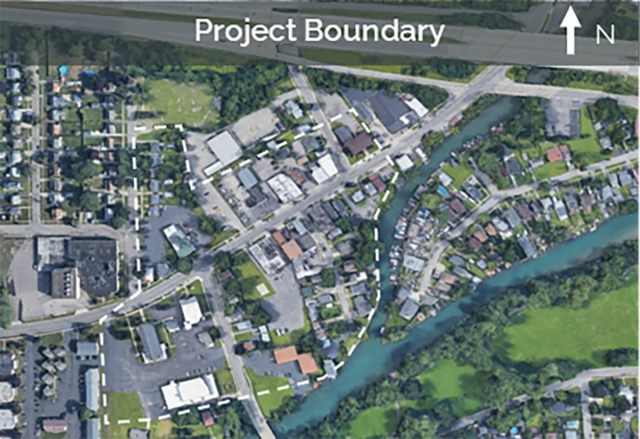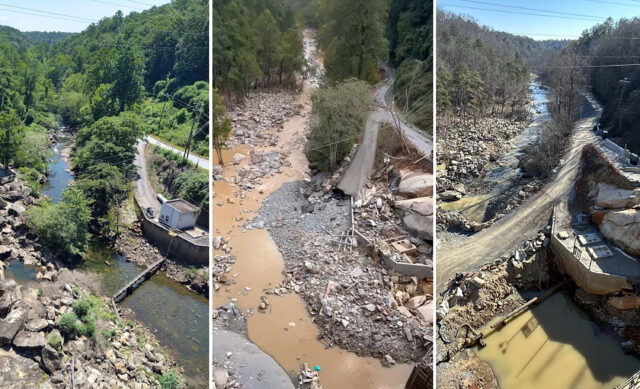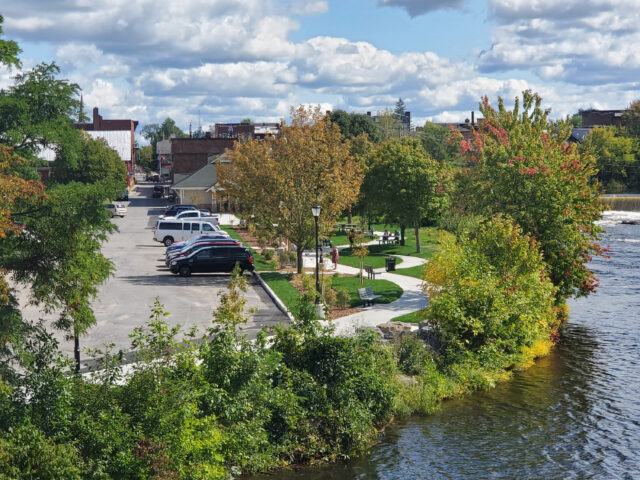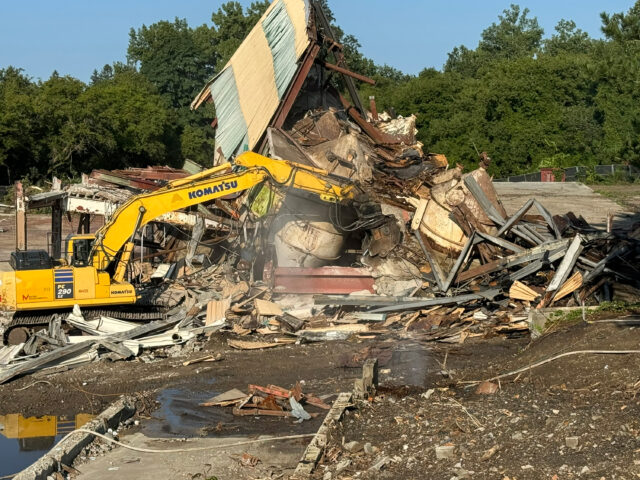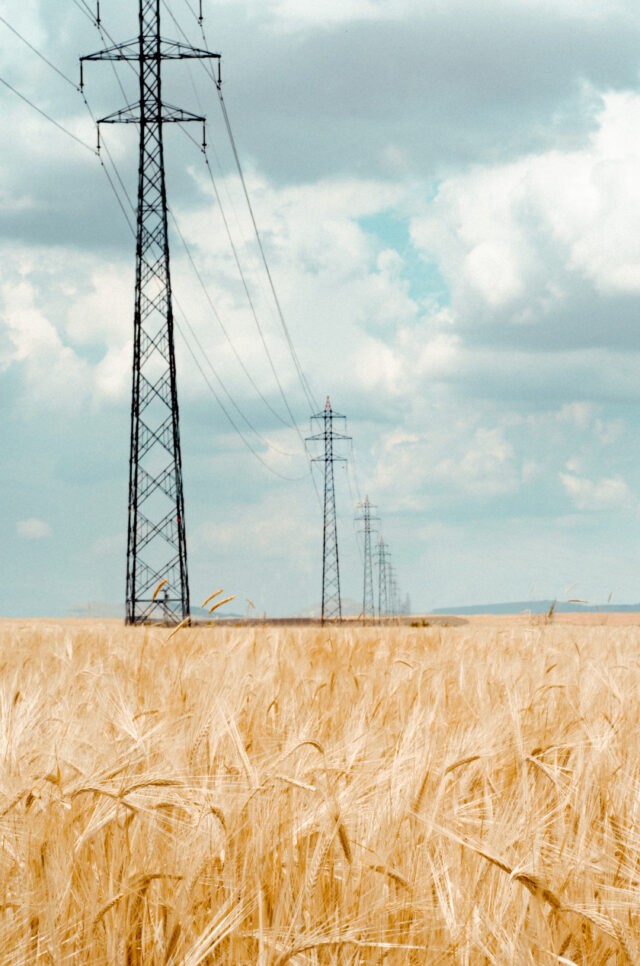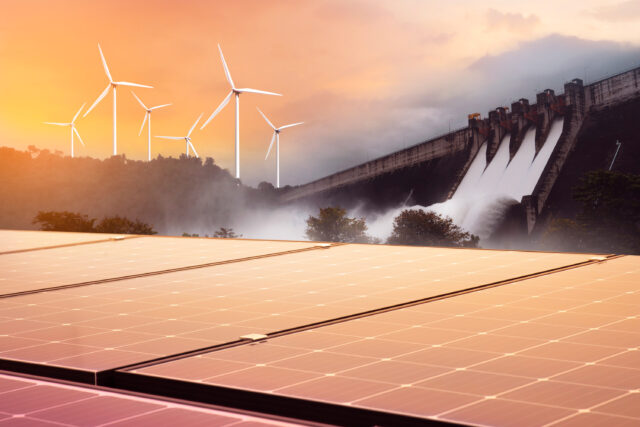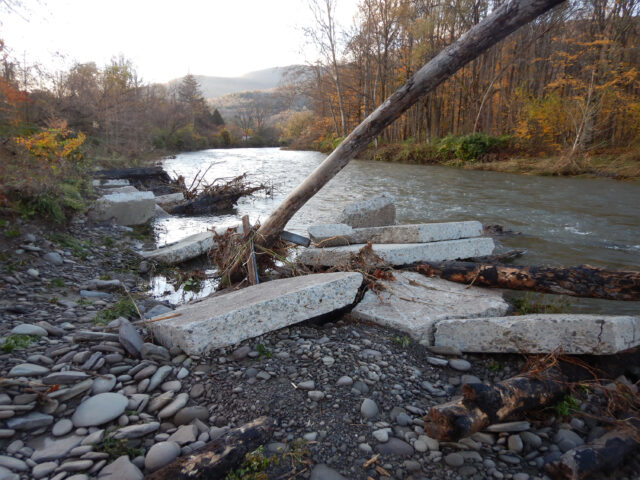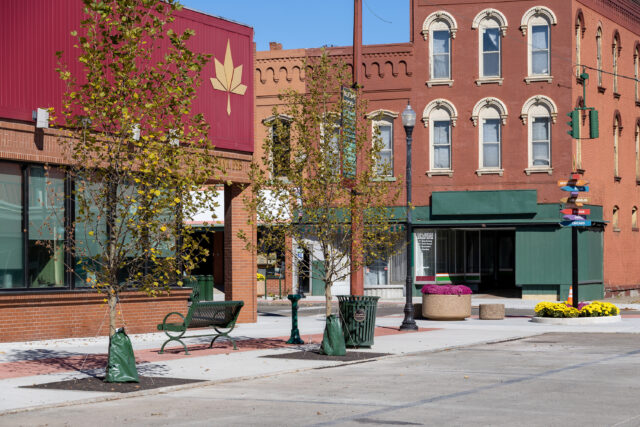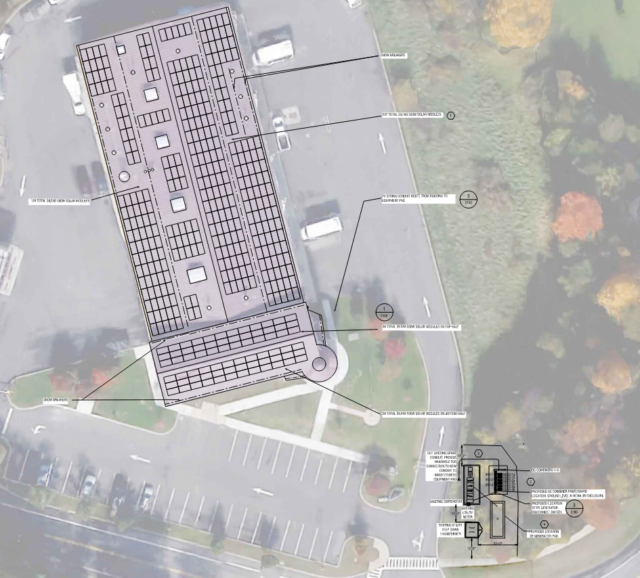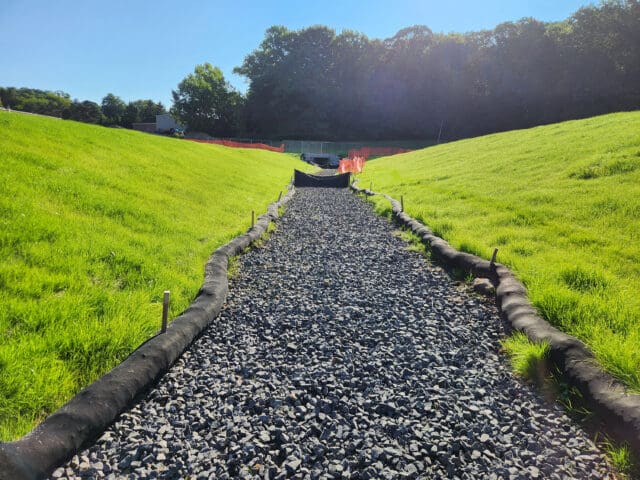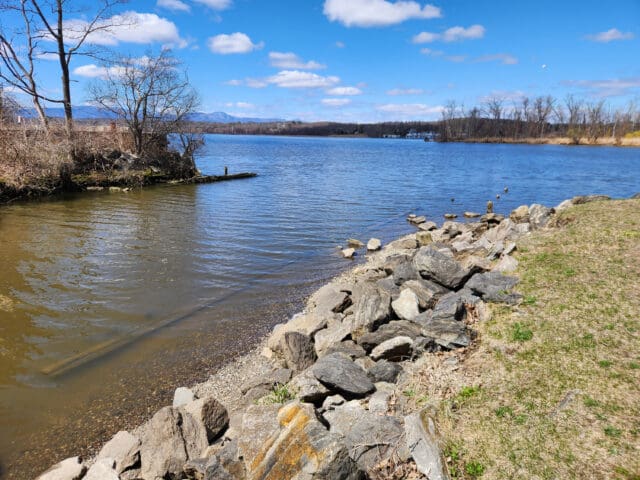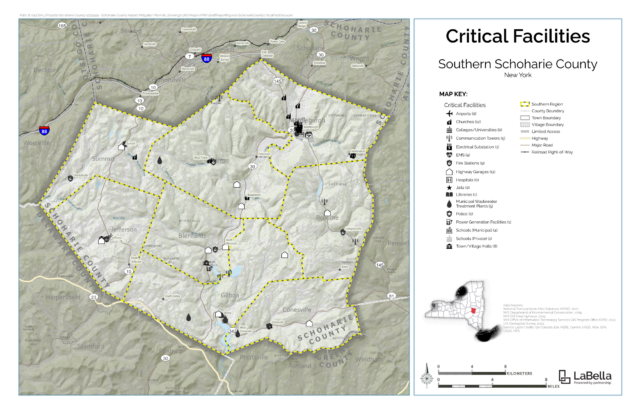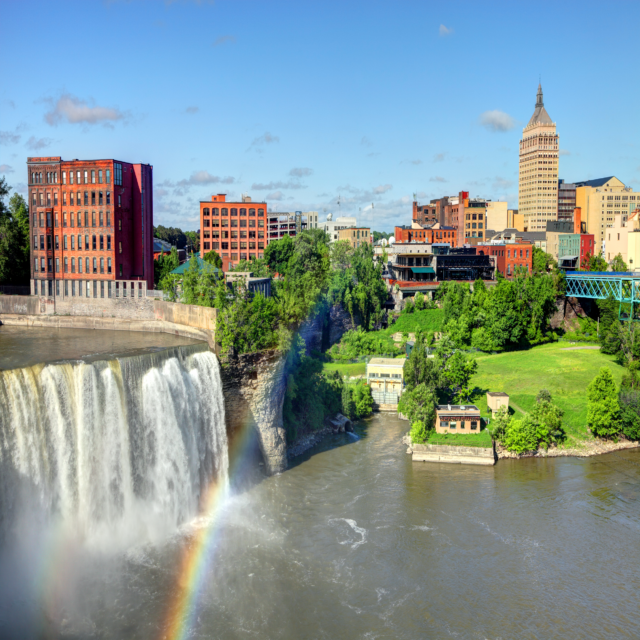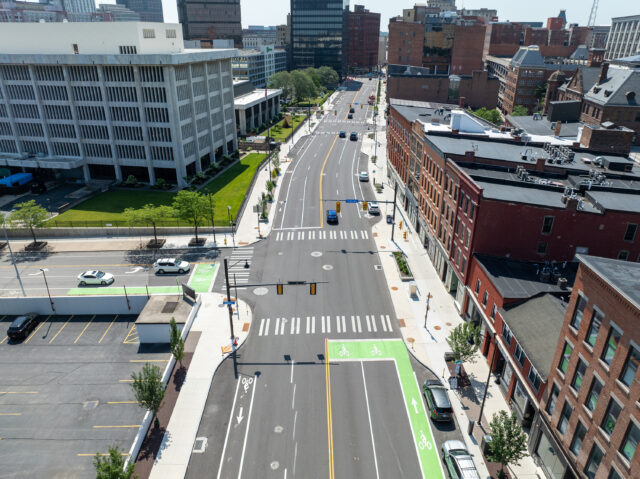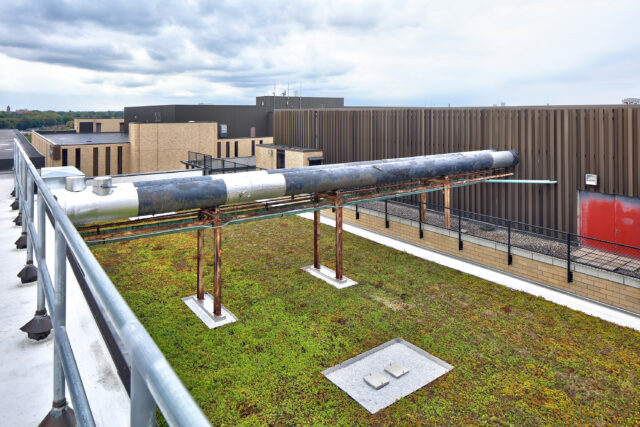Climate Solutions
A sustainable future requires more than just projects that score points. We’re looking to create resilient environments that promote health and prosperity for all who inhabit them, now and in the future.
With our integrated, multi-disciplinary approach, our design teams tap into each other’s expertise to analyze opportunities and impacts. Then, we work together to refine solutions that protect natural resources and create long-term resilience.
Infrastructure owners/operators, government entities, and industry leaders all have an opportunity to redefine the built environment. Let's create holistic strategies that introduce a new era of modern life.
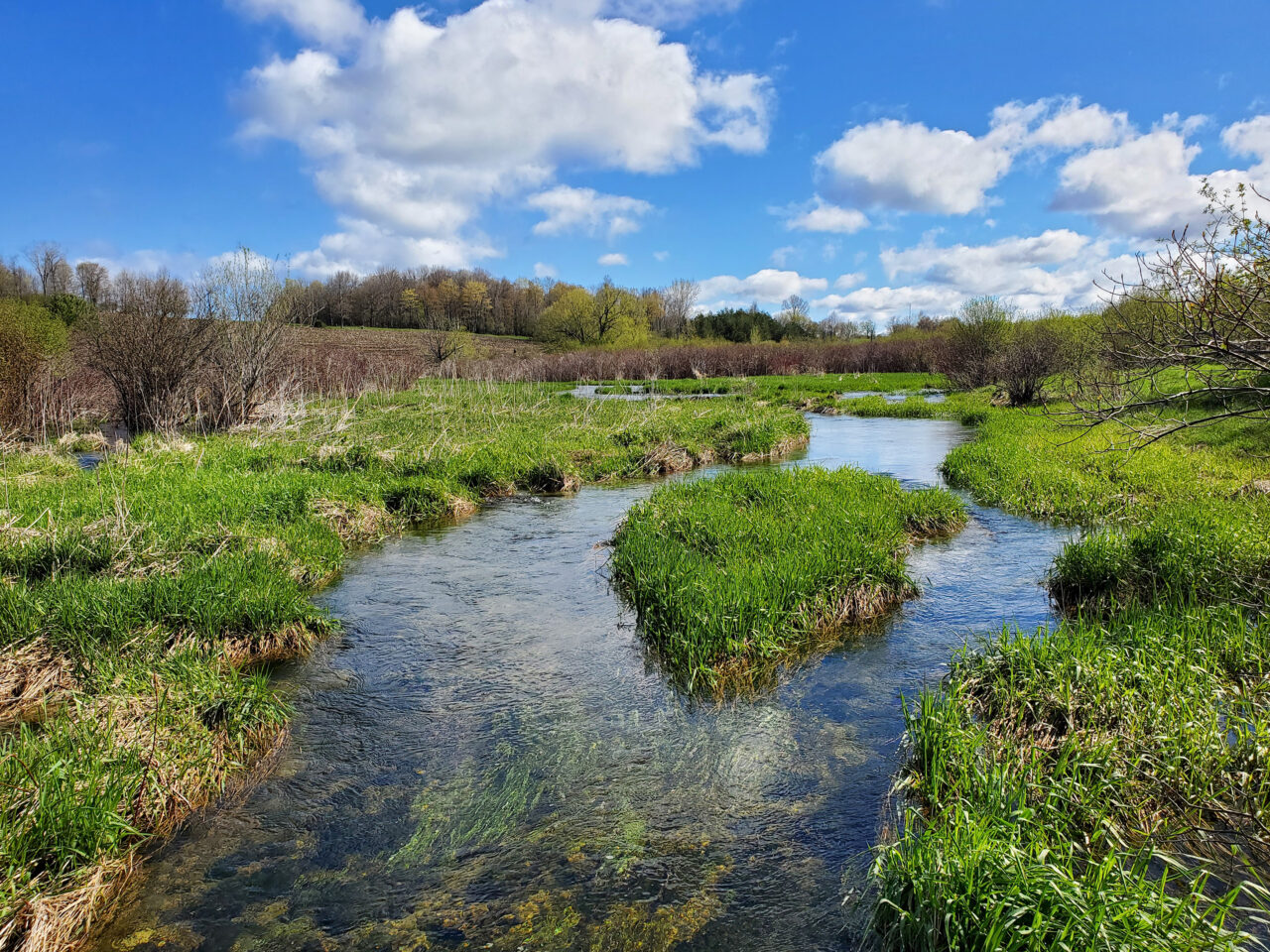
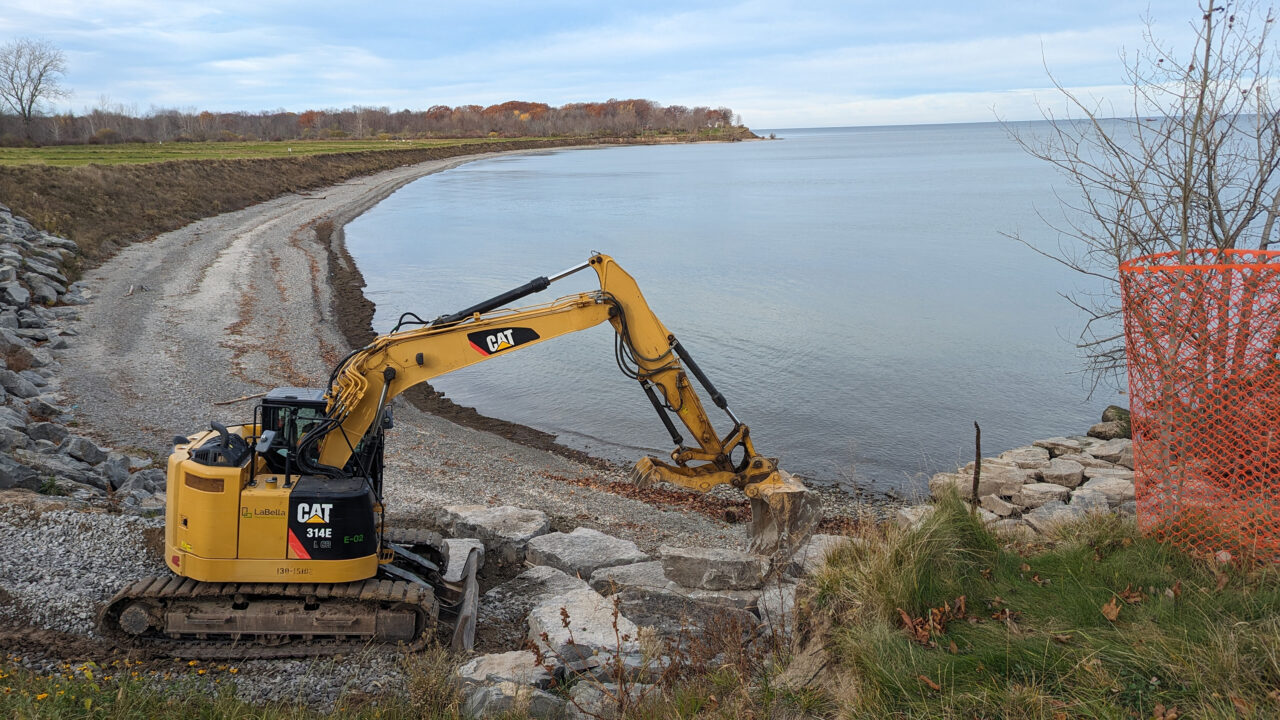
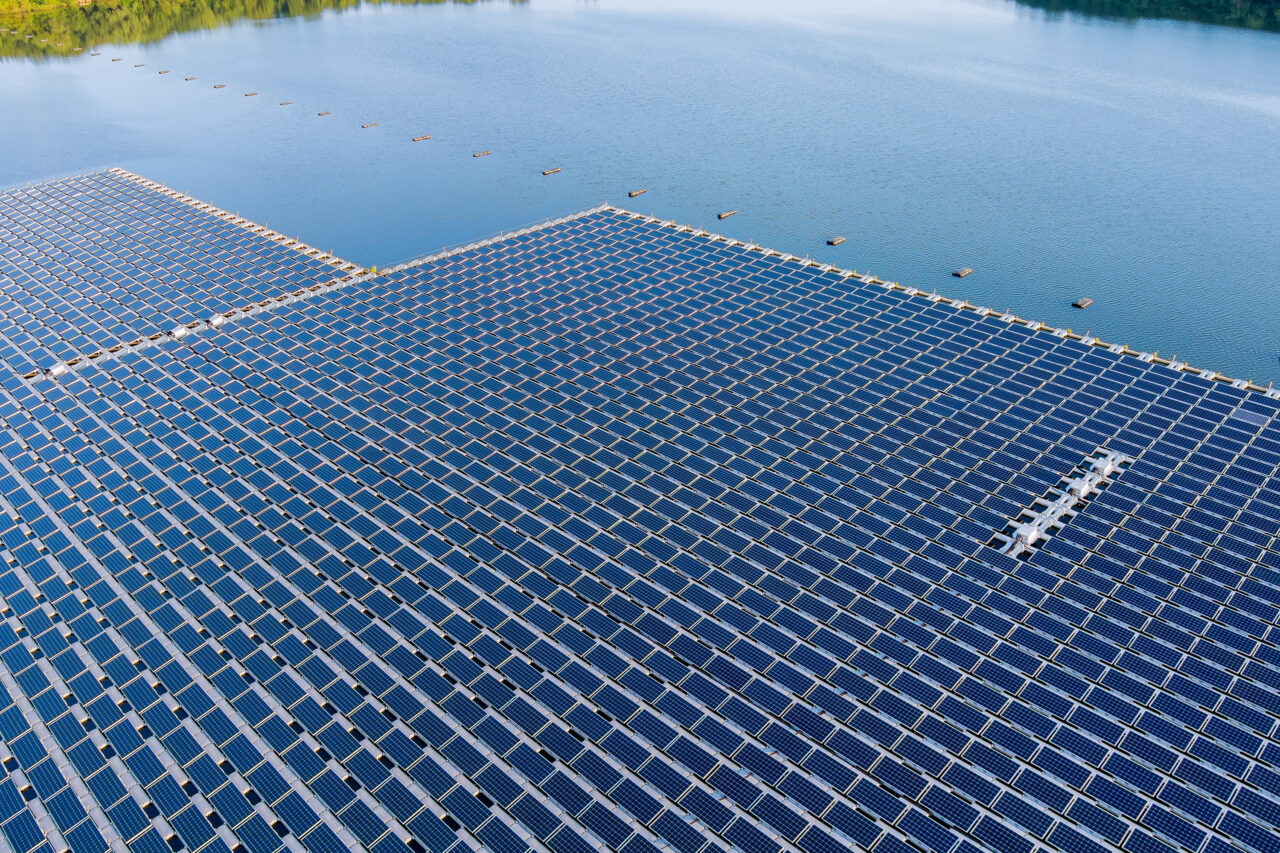
Prepare for the Unprecedented
Actions and analysis that reduce the risks of extreme weather.Stormwater
Through the use of advanced stormwater modeling programs, we can evaluate impacts to the built environment under a range of climate conditions. Our approach is to utilize natural processes to improve stormwater quality, expand the capacity of existing systems, and reduce topsoil loss during large storms. Learn more here.
Flood Mitigation
The urgency to strengthen our community’s infrastructure assets in the face of changing weather patterns has never been stronger. Grounded in decades of experience in infrastructure engineering, we pair holistic community planning with advanced modeling and hydraulic analysis to develop engineered and natural solutions.
Shoreline Restoration
As a firm founded in the Great Lakes region of New York, we have helped waterfront communities manage erosion and invasive species with multi-disciplinary expertise. Planning, landscape architecture, civil engineering, ecological consulting, and construction experts work hand in hand to develop solutions that work across the water table.
Dam Assessment & Emergency Action Plans
The United States boasts over 90,000 dams, the majority of which were constructed more than 50 years ago. Whether designed for power generation, drinking water supply, or recreation, dams are critical pieces of infrastructure that require periodic inspections and regularly updated emergency action plans that account for evolving climate models.
Hydropower remains a vital part of our renewable energy portfolio, providing emission-free, reliable, and consistent power to the grid while bridging the gaps between other intermittent renewable sources. Our diverse team works on all environmental, electrical, mechanical, and structural components of hydropower facilities. Since no two rivers or sites are alike, we develop customized solutions in collaboration with each of our clients. From efficiency upgrades to structural safety improvements, LaBella’s hydropower team delivers a wide range of projects, applying their expertise to optimize performance and support a more sustainable energy future.
Eco-Construction
As part of our Environmental Construction department, the eco-construction team focuses on invasive species control and the propagation and implementation of native plantings that create thriving shorelines and wetlands, aid in stormwater and nutrient management, and provide critical shoreline habitat.
Grants & Funding
We recognize the benefits and costs of resiliency and sustainability projects. Even incorporating these elements into existing projects can require additional funding sources.
Our grant management team works closely with our partners to identify and leverage opportunities that fill funding gaps or fully support climate resiliency, brownfield remediation, and electrification projects.
Embrace the Energy Evolution
Decarbonization will energize and transform our communities.Energy Transition
Our work encompasses battery storage, microgrids, alternative fuels, and geothermal, to name a few. We are committed to identifying practical, achievable opportunities for each project that help our clients navigate emerging technologies and meet regulatory goals.
Energy Audits, Assessments, & Feasibility Studies
We can identify, implement, and measure energy savings opportunities across the built environment. From individual buildings to large-scale district energy systems, most projects begin with feasibility studies and cost-benefit analyses that unlock new ideas and funding sources.
Greenhouse gas emissions inventories help individual organizations and entire communities set reduction goals and build accountability for progress towards a low-carbon future.
Renewable Generation, Transmission, & Distribution
We embrace the thoughtful exploration and development of all forms of reduced-carbon energy sources, forging meaningful partnerships with geothermal, solar, wind, and hydropower energy producers.
Electrification
From buildings to transit, electrifying our infrastructure is at the heart of achieving carbon-reduction goals. To meet this challenge, our electrical grid has some growing up to do. We work with developers, utilities, and government authorities to increase capacity through essential modernization and expansion projects.
Heal Our Habitats
Mitigate adverse environmental impacts from human activity.Ecological Design & Consulting
LaBella’s ecological team ensures that every project site considers all inhabitants. Preserving biodiversity requires thoughtful strategies that reduce the impacts of human activity on existing habitats. From endangered species surveys to the removal of invasive vegetation, we provide design and construction services that fortify native ecosystems.
Environmental Remediation
Land recycling and brownfield cleanup and reuse are at the center of our environmental remediation programs. Our approach begins with a circular economy mindset: removing human health concerns and environmental risk from blighted properties and returning them to productive use.
We have found meaningful projects combining our environmental cleanup expertise with our work in renewable energy. By designing renewable energy projects on closed landfills and brownfields—many of which we also provide closure and cleanup services for—we achieve multiple community objectives, creating clean energy on properties that were once overlooked.
Environmental Justice & Equity
Pollution doesn’t discriminate, but for too long, vulnerable communities have borne more than their share.
At LaBella Associates, we recognize that sustainable development must address the needs of all community members. By integrating diverse voices—especially those traditionally underrepresented—LaBella fosters spaces that serve the entire community equitably. Whether working with rural or urban communities, large or small, we acknowledge that each is unique and requires a tailored, inclusive approach to engagement, ensuring all residents feel a shared sense of belonging.
Through our work, we provide solutions for affordable housing, brownfield opportunity areas, clean water, and multi-modal transportation that will create a brighter, more equitable future.
Beyond Net Zero: Regenerative Design
Over the past few decades, sustainability goals for buildings have continued to, well, build. From LEED and WELL standards to Net Zero certifications, we can now envision a future where buildings become integral components of a sustainable, infinite ecosystem.
We can create structures that meet human needs within the boundaries of what the Earth can provide. In doing so, we consider long-term impacts to occupants, neighbors, and natural resources. These buildings can not only withstand adverse climate events but also help reverse the environmental degradation that fuels them.
Waste Diversion
As part of our comprehensive waste and recycling services, we help communities and individual clients implement organic waste diversion and material reuse and recycling programs. These sustainable waste practices provide meaningful methods for reducing landfill space consumption.
